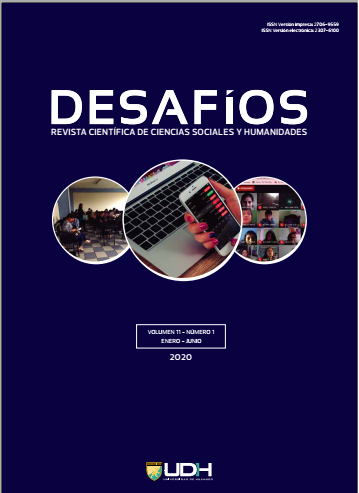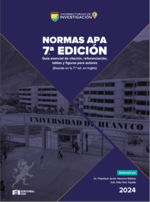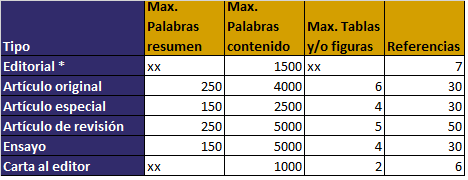Effects of the Use of Public Force during the COVID-19 Pandemic
DOI:
https://doi.org/10.37711/desafios.2020.11.1.143Keywords:
use of public force, police, military, coercion, citizen and health securityAbstract
Objective. To illustrate how the Government uses public forces to achieve compliance of the legal norm in a mandatory and general form to protect people at risk, and combat crimes in Peru. There are justifiable reasons for the use of the public force. This is achieved through tutelary institutions such as National Police of Peru (PNP) and Armed Forces (FF. AA). Entities capable of ensuring prevention and safeguarding public order, as well as national security and sovereignty. Therefore, the purpose of this publication is to disseminate effects and meaning of the Government’s public force. Coercive compliance with the legal norm against people who do not follow those mandatory norms during the coronavirus pandemic. A pandemic with unpredictable consequences. In this sense, it would be necessary to be up to date about the use of lawful public force. What are the consequences of COVID-19 in health, economy, work, and education? The use of force by the Government includes: police and/or military activity to enforce legal provisions for prevention, treatment and safety of the population. This includes health and hygiene of the infected population, and restraint of people disobedient to the mandate of the established power.
Downloads
Downloads
Published
How to Cite
Issue
Section
License
Copyright (c) 2021 Desafios

This work is licensed under a Creative Commons Attribution 4.0 International License.
a. Los autores conservan los derechos de propiedad intelectual (copyright) de las obras publicadas, cediendole a la revista el derecho de primera publicación.
b. Los autores retienen sus derechos de marca y patente, y también sobre cualquier proceso o procedimiento descrito en el artículo.
c. Los autores retienen el derecho de compartir, copiar, distribuir, ejecutar y comunicar públicamente el artículo publicado en la RD (por ejemplo, colocarlo en un repositorio institucional o publicarlo en un libro), con un reconocimiento de su publicación inicial en la RD.
d. Los autores retienen el derecho a hacer una posterior publicación de su trabajo, de utilizar el artículo o cualquier parte de aquel (por ejemplo: una compilación de sus trabajos, notas para conferencias, tesis, o para un libro), siempre que indiquen la fuente de publicación (autores del trabajo, revista, volumen, número y fecha).
























